Video MGMT System
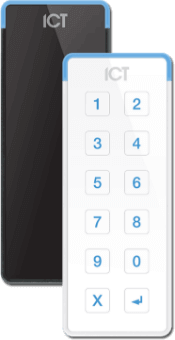 Access Control
Access Control
Voice & Data Wiring
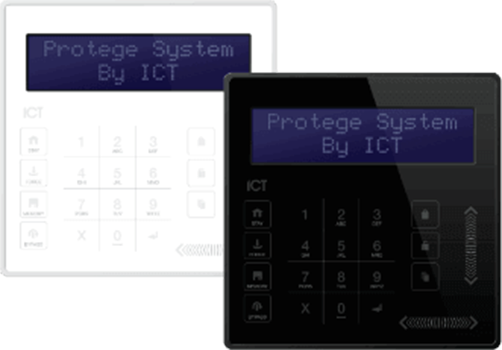 Burglar Alarm
Burglar Alarm
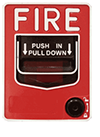 Fire Alarm
Fire Alarm
Video MGMT System
Voice & Data Wiring
License plate recognition (LPR) cameras use specialized software to capture license plate data from passing vehicles. This type of camera serves various business needs, including automated gate entry, data collection, watchlist monitoring, and incident investigations.
Commercial LPR cameras are installed in fixed locations, such as on top of poles or on the sides of buildings, to capture license plate numbers.
These cameras are connected to software that analyzes their footage and extracts plate characters using optical character recognition (OCR) technology.
Once the characters have been extracted, the software stores the license plate in a general database and compares it to license plates already in the system. Notifications, gate openings, and other actions are then automated.
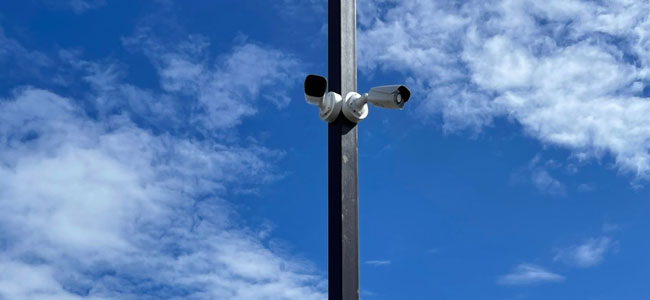
License plate recognition cameras monitor vehicles entering and exiting commercial properties. They collect useful evidence and deter crimes like theft and vandalism.
In the event that a crime does occur on your property, license plate capture cameras enable law enforcement to easily and quickly identify vehicles and track down bad actors.
License plate cameras store digits in databases, and those digits can be placed on watchlists. Whenever watchlisted vehicles approach LPR-protected sites, the system triggers automatic alerts for security personnel or other authorities.
License plate capture cameras are especially critical for businesses and institutions with high levels of traffic, such as shopping malls, airports, and parking garages.
LPR systems streamline parking lot entry and exit processes to reduce wait times and improve the on-site experience of staff, residents, or customers.
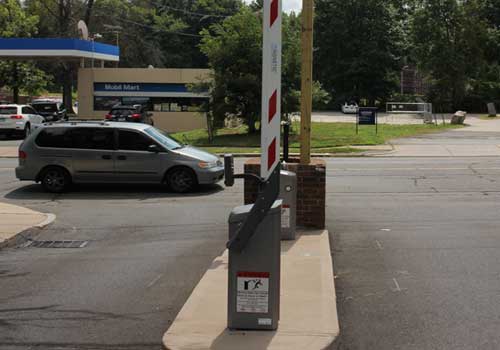
Cameras for capturing license plates are often integrated with gate access control systems to ensure that vehicles on green lists are instantly allowed passage. Meanwhile, drivers of unauthorized vehicles must either turn around or communicate with guards.
LPR camera systems record license plates and store important details, such as the time of day, length of stay, and frequency of visits. This data is used to inform business decisions and improve operational efficiency.
License plate recognition cameras are essential security for parking lots. They collect useful data (and evidence) and can calculate parking fees by tracking entry and exit times.
These cameras use infrared illuminators to capture license plate information in low-light or nighttime conditions.
Ambient light LPR cameras use advanced image processing algorithms to function optimally in different lighting conditions.
Ambient cameras often include a high dynamic range (HDR) feature, allowing them to capture details of a single image's bright and dark areas. They also often use lenses with wide apertures to allow more light to enter the camera, thereby improving image quality in low-light conditions.
Access control systems with LPR cameras work by cross-checking the license plates of approaching vehicles with a database of authorized plates. If the plate matches with access authorizations, a gate or barrier will automatically open to allow passage.
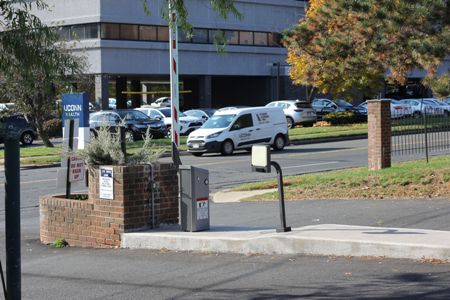
If the license plate doesn't match access authorizations, the barrier will remain closed until either permission is granted or the driver crashes through.
The good news is that no matter what happens, your LPR cameras will have captured the plate digits you need to respond.
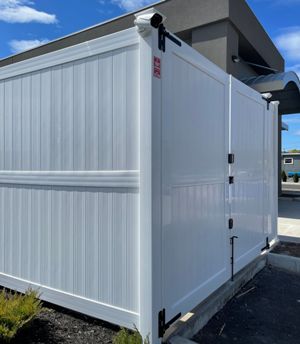
LPR cameras help commercial properties, and businesses monitor and control vehicle access to their premises.
For example, retail stores use LPR cameras to track deliveries and ensure that only authorized vehicles enter their loading docks.
LPR cameras are used in parking lots and garages for security monitoring and documentation.
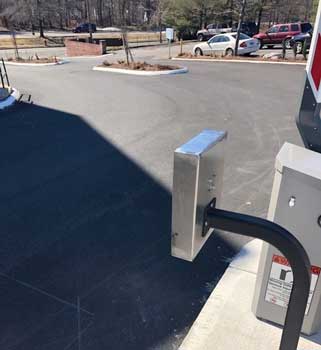
Parking lot operators, in particular, are using LPR systems to calculate the amount of time spent on properties for parking fee automation.
Law enforcement agencies use LPR cameras to monitor traffic and track criminal activity. They're used to track suspects, monitor traffic for violations, and identify stolen vehicles and vehicles associated with Amber alerts.
Homeowners associations often install LPR cameras to oversee and control access to their communities. They connect with access control to track guests and visitors, monitor for violations like speeding, and automatically open gates for authorized vehicles.

Avigilon is the world leader in cutting-edge, AI-based security technologies—and their license plate capture camera software is no exception.
With a simple license, Avigilon's LPR software can read and capture plates, create and import plate watchlists, and search through plate databases (including watchlists, green lists, and general lists of vehicles whose vehicle digits have been captured).
Although Avigilon cameras work best for license plate capture, their software can be licensed and used with most cameras. In other words, an LPR license from Avigilon will let you apply their cutting-edge license plate recognition technology to security cameras by other manufacturers.
License plate cameras for commercial properties are installed on stationary objects, such as poles, gates, and building walls. They must be carefully mounted and aimed to capture license plate numbers in areas where relevant vehicles must pass.
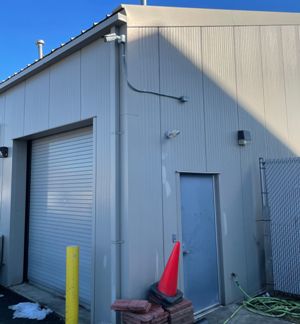
It's important to work with licensed installers with the experience and know-how to ensure LPR cameras are properly installed and configured to capture number plates reliably.
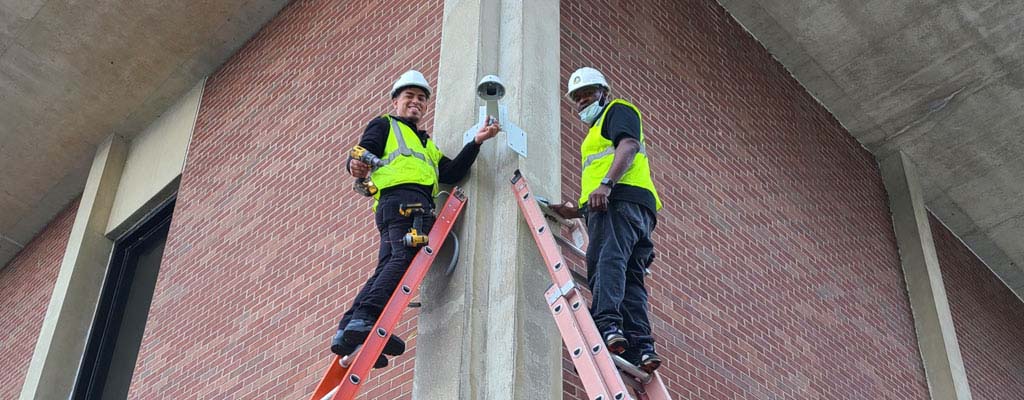
The experts on our team at Mammoth Security understand LPR cameras and the best placement options for capturing license plates in various settings.
If you reach out to us by filling contact form at the bottom of this page, we'll quickly respond to schedule your free site survey and consultation with a friendly expert on our team.

Wireless
IP Cameras
Wireless cameras are not reliable enough for commercial use yet. Instead, we use purpose-built antennae to connect hardwired cameras on light poles and buildings.

Phone App
For Camera Systems
Watch live or previously recorded footage on any mobile device. Save it to your phone and e-mail it just like any other video or image.

Increased Resolution
Of 4096×2160
4k or 8MP cameras represent the best value at the moment. Depending on your situation, a 30+ megapixel camera can be installed allowing you to read a seat number from the opposite end of a football field.

Employ The Same Technology As These Companies:


